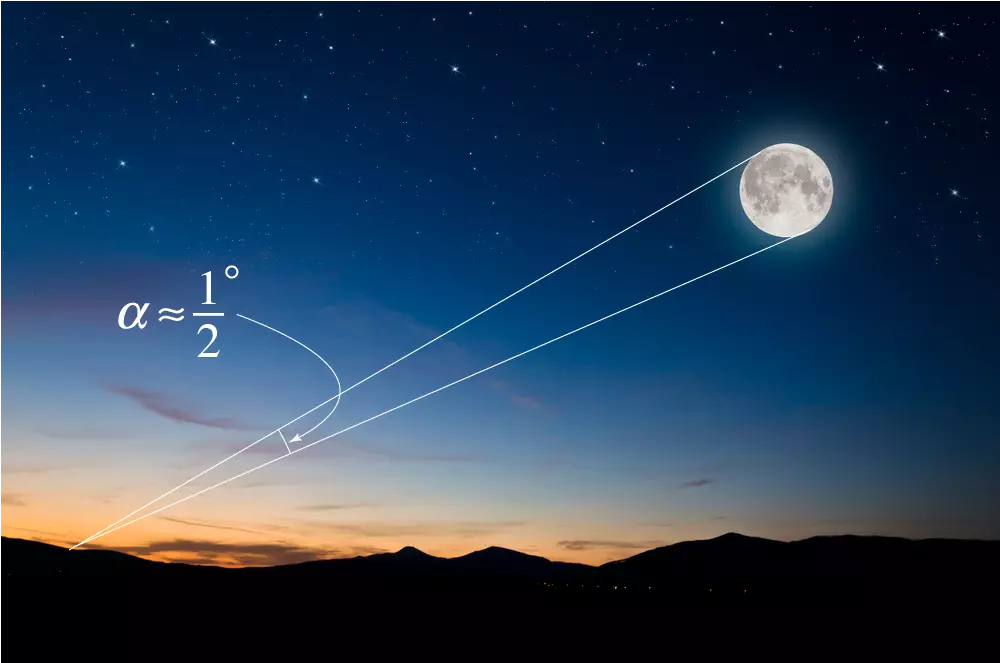Measurement of Angles
Definitions
In geometry, an angle is defined as a figure formed by two rays sharing a common endpoint. The rays are called the sides of the angle, and the common endpoint is called its vertex.
In trigonometry, an angle is often defined in terms of rotation. Consider a ray that is rotated around its endpoint to create an angle. The ray in the initial position is called the initial side of the angle. Respectively, the ray in the terminal position, after the rotation, is called the terminal side of the angle. The amount of rotation from the initial side to the terminal side determines the measure of the angle.
A positive angle is an angle that is formed by counterclockwise rotation. If an angle is created by clockwise rotation, it has a negative measure.
There are two commonly used ways to measure angles - in degrees and radians.
Degree Measure of an Angle
The most common measure of an angle is in degrees. One full rotation is equal to \(360^\circ.\) An angle of \(180^\circ\) is called a straight angle. An angle whose measure is \(90^\circ\) is called a right angle.
Hence,
Sometimes we need to measure small angles less than \(1^\circ.\) For example, the Moon's angular diameter is about \({\frac{1}{2}}\) degrees.

For finer measurements, one degree is divided into \(60\) minutes (of arc), and one minute into \(60\) seconds (of arc):
Another example from astronomy: the angular size of Venus ranges from \(9.7^{\prime\prime}\) to \(66^{\prime\prime}.\) Venus has the largest angular size at its closest approach to Earth.
Example 1
Write the angle \(23^\circ 54^\prime\) in decimal degrees.
Solution.
Since \(1^\prime = {\left( {\frac{1}{{60}}} \right)^\circ},\) then
Example 2
Write the angle \(123.456^\circ\) in degrees, minutes, and seconds.
Solution.
Radian Measure of an Angle
The radian measure of an angle is defined as the ratio of the arc it cuts off to the radius of a circle centered at the vertex of the angle.
If \(\ell\) is the arc length and \(R\) is the radius of the circle, then the central angle \(\alpha\) that subtends the arc is defined in radians as
Recall that the length of the circumference of a circle of radius \(R\) is equal to \(2\pi R.\) So, the radian measure of an angle of \(360^\circ\) is given by
Hence, to convert radian to degrees we can use the following formula:
Consider a circular sector cut from a circle of radius \(R.\) If the sector has a central angle of \(\alpha,\) its area is given by the formula
Example 3
Convert \(60^\circ\) into radians.
Solution.
We know that \(1\,radian = \frac{{{{180}^\circ}}}{\pi }.\) Then \({1^\circ} = \frac{\pi }{{180}}\,radians.\) This yields:
Example 4
Given a circle of radius \(3.\) Find the length of an arc cut off by a central angle of \(2\) radians.
Solution.
The arc length is determined by the formula \(\ell = \alpha R,\) where \(\alpha\) is the central angle expressed in radians and \(R\) is the radius of the circle. Substituting the known values, we get